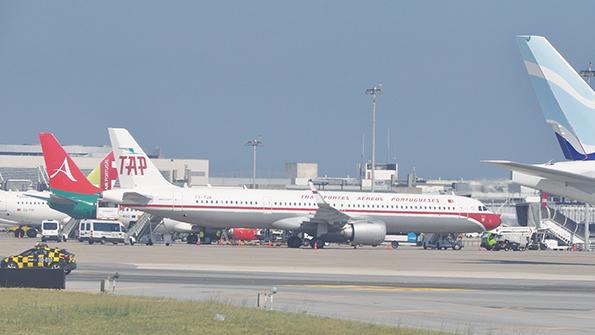
Portugal is one of 78 countries rated FAA IASA Category 1. Five others are in Category 2.
Credit: Nigel Howarth/AW&ST
Two years after its most recent major revamp and 32 years after the program was launched, the U.S. FAA plans to revise aspects of its foreign civil aviation authority audit program. The agency in mid-August suspended a September 2022 policy change to its International Aviation Safety Assessment...
FAA Eyes Changes To Foreign Civil Aviation Authority Audit Program is part of our Aviation Week & Space Technology - Inside MRO and AWIN subscriptions.
Subscribe now to read this content, plus receive full coverage of what's next in technology from the experts trusted by the commercial aircraft MRO community.
Already a subscriber to AWST or an AWIN customer? Log in with your existing email and password.





